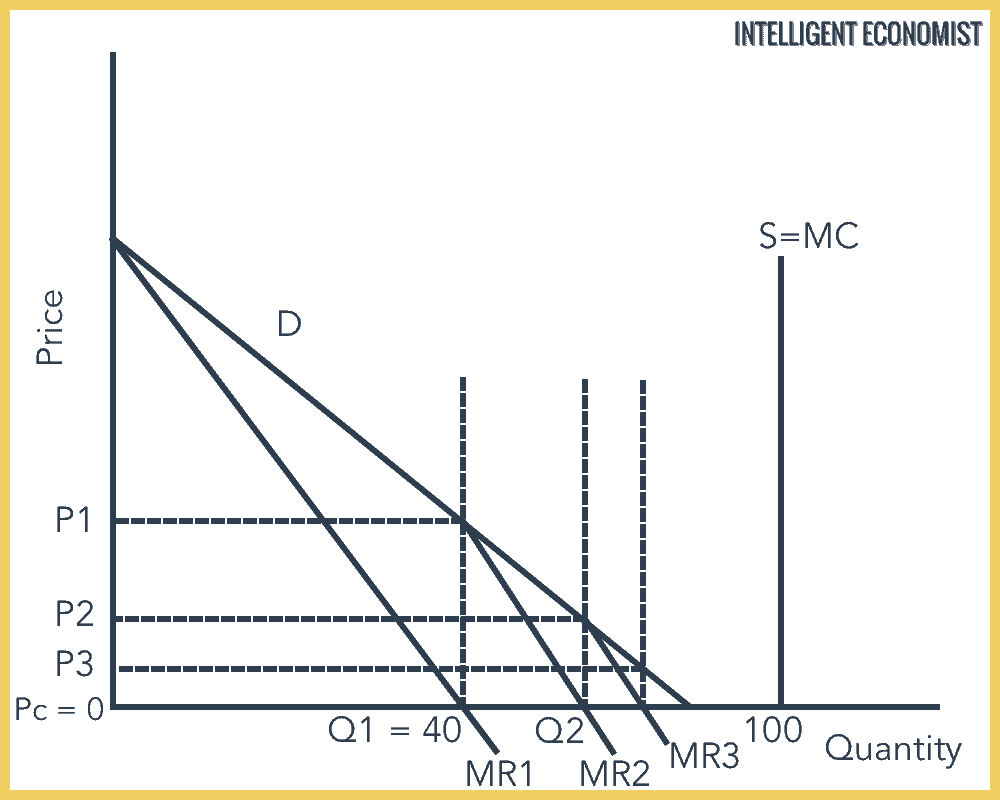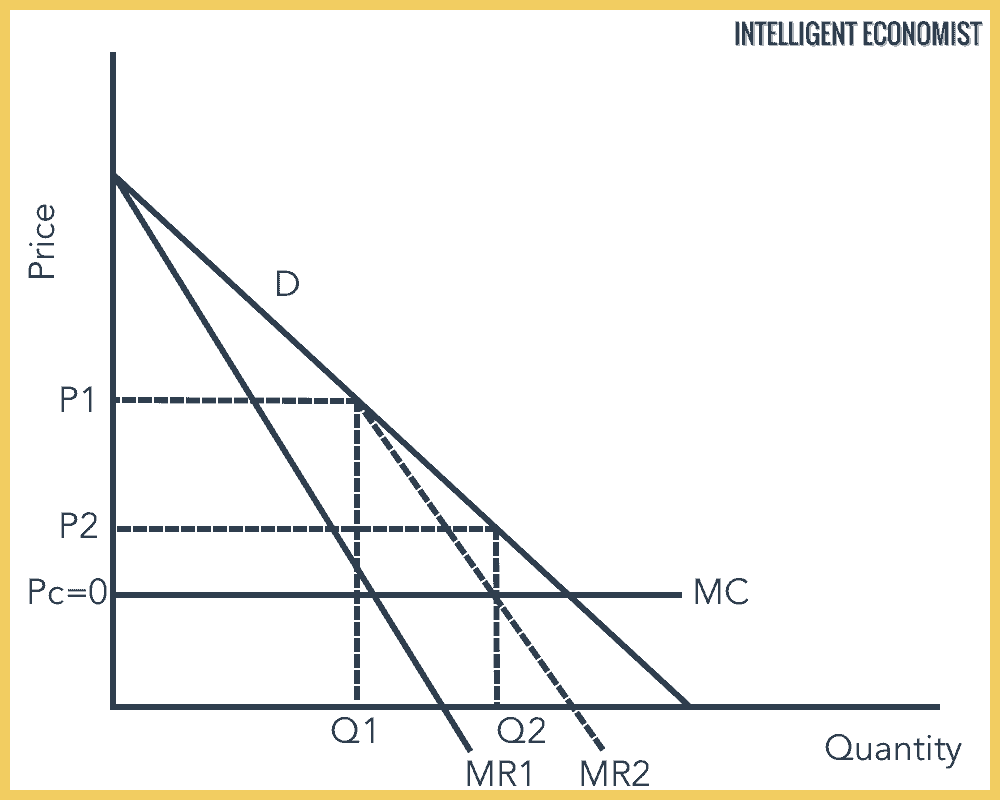Durable goods are those goods that don’t wear out quickly and last over a long period. Examples of durable goods include land, cars, and appliances.
While non-durable goods or soft goods are those goods that have a short life cycle. They are used up all at once or have a lifespan of fewer than three years. For example light bulbs, paper products, and food products.
Economics of Durable Goods
Consumers are ready to buy a durable good today but can always wait and purchase it tomorrow. Once they have bought a durable good, they do not need to buy in the near future. Given this, current demand is affected by the expectations of future prices, the degree of the patience of consumers and the way they value the good. The demand faced by the firm in each period depends on how many consumers did not purchase the good in the previous periods.

Nobody buys at Price greater than Pc because consumers expect future price cuts. To sell some units today, it must decrease the price to induce consumers to buy.
This results in the monopolist charging the competitive price.
Solutions
- Destroy the leftover or in this example, donate the land
- ‘Break the mold’, limits the reproduction of the durable good
- ‘Planned obsolescence’, make the good less durable (such as the e-waste problem)
- Don’t sell, rent the land out
Economics of Non-Durable Goods
The price ends up becoming the marginal cost.


